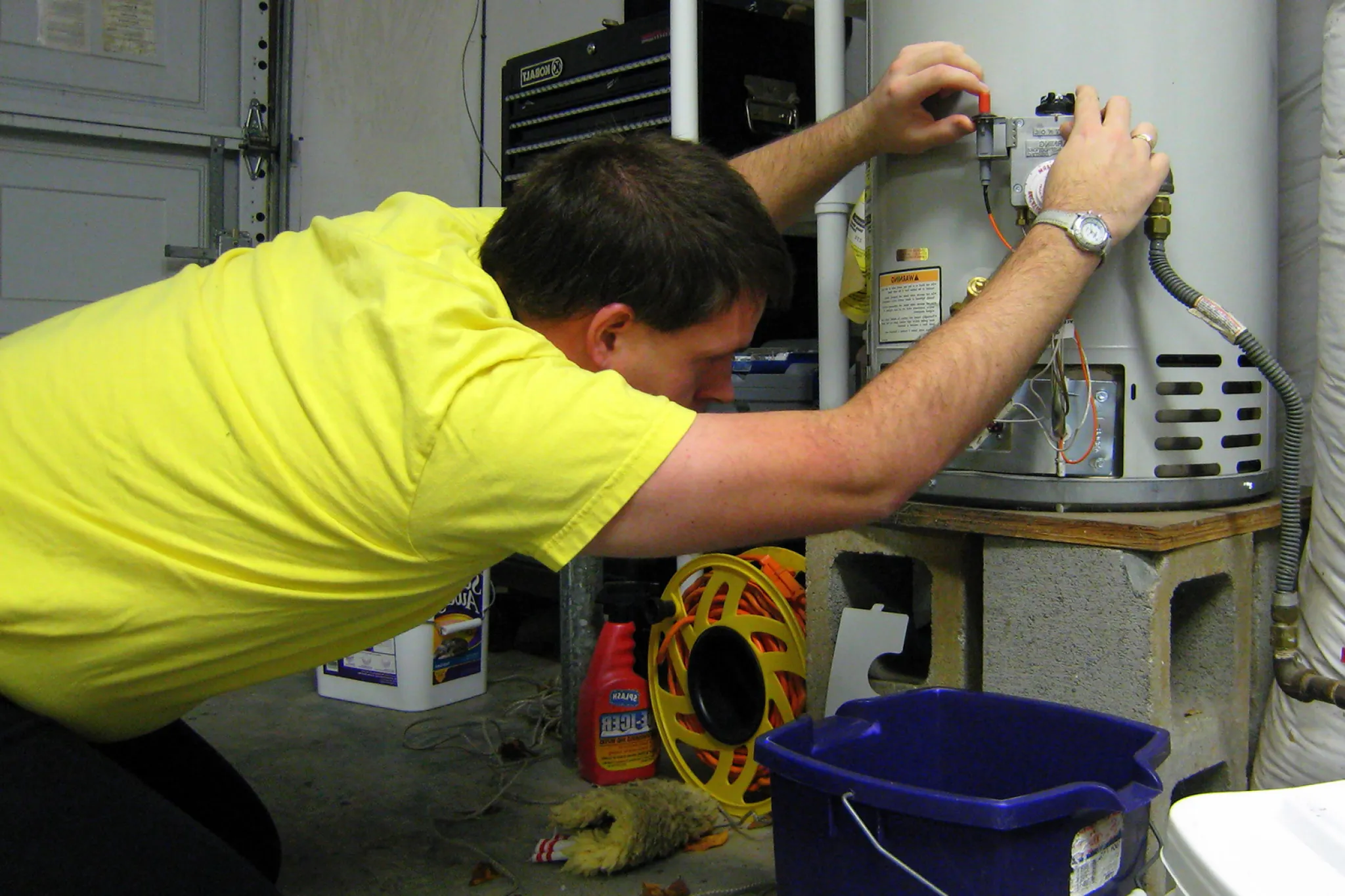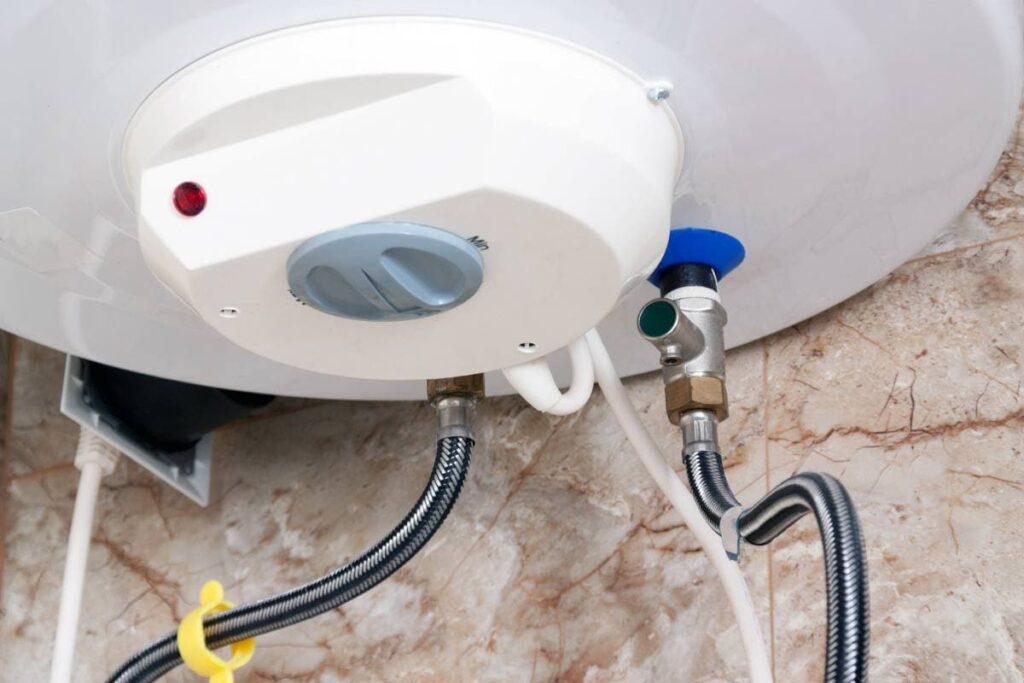Maintaining Your Home's Hot Water System: Essential GuidelinesTips on How to Keep Your Home's Hot Water System in Good Condition
Maintaining Your Home's Hot Water System: Essential GuidelinesTips on How to Keep Your Home's Hot Water System in Good Condition
Blog Article
How do you actually feel about How to Maintain a Hot Water Heater in a Few Simple Steps?

Hot water is essential for daily convenience, whether it's for a revitalizing shower or cleaning dishes. To guarantee your warm water system runs effectively and lasts longer, regular maintenance is key. This short article gives sensible ideas and understandings on exactly how to preserve your home's hot water system to stay clear of disturbances and pricey repair work.
Introduction
Maintaining your home's hot water system may appear overwhelming, yet with a couple of basic steps, you can guarantee it runs efficiently for many years to find. This guide covers everything from recognizing your warm water system to DIY maintenance tips and knowing when to call in specialist aid.
Value of Preserving Your Hot Water System
Normal upkeep not only extends the life-span of your hot water system yet additionally ensures it operates successfully. Disregarding maintenance can bring about reduced efficiency, greater power bills, and also premature failure of the system.
Indicators Your Hot Water System Needs Upkeep
Understanding when your hot water system requires attention can protect against major issues. Keep an eye out for indications such as inconsistent water temperature, strange sounds from the heater, or corroded water.
Comprehending Your Warm Water System
Before diving right into maintenance jobs, it's valuable to understand the standard components of your warm water system. Normally, this consists of the water heater itself, pipelines, anode rods, and temperature level controls.
Monthly Upkeep Tasks
Regular month-to-month checks can help capture minor problems before they intensify.
Purging the Water Heater
Purging your hot water heater gets rid of sediment accumulation, improving effectiveness and prolonging its life.
Checking and Changing Anode Rods
Anode rods protect against rust inside the container. Examining and changing them when worn out is important.
Inspecting and Adjusting Temperature Settings
Readjusting the temperature level settings guarantees ideal efficiency and safety.
Do It Yourself Tips for Upkeep
You can carry out a number of upkeep tasks on your own to maintain your hot water system in top problem.
Looking for Leaks
Frequently evaluate pipelines and connections for leaks, as these can lead to water damage and higher expenses.
Evaluating Pressure Alleviation Valves
Checking the stress safety valve guarantees it operates appropriately and avoids extreme stress build-up.
Shielding Pipelines
Shielding warm water pipelines lowers warmth loss and can conserve power.
When to Call an Expert
While do it yourself upkeep is beneficial, some issues require specialist know-how.
Facility Problems Requiring Expert Assistance
Instances consist of significant leakages, electric problems, or if your water heater is regularly underperforming.
Routine Expert Upkeep Perks
Expert maintenance can include detailed assessments, tune-ups, and making sure conformity with security requirements.
Final thought
Routine upkeep of your home's warm water system is necessary for performance, durability, and expense financial savings. By complying with these ideas and understanding when to look for expert assistance, you can guarantee a dependable supply of warm water without unanticipated interruptions.
How to Maintain an Instant Hot Water Heater
Before tinkering with your hot water heater, make sure that it’s not powered on. You also have to turn off the main circuit breaker and shut off the main gas line to prevent accidents. Also turn off the water valves connected to your unit to prevent water from flowing into and out of the appliance. 2. When you’re done, you have to detach the purge valves’ caps. These look like the letter “T” and are situated on either side of the water valves. Doing so will release any pressure that has accumulated inside the valves while at the same time avoid hot water from shooting out and burning your skin. 3. When the purge valves’ caps are removed, you have to connect your hosing lines to the valves. Your unit should have come with three hoses but if it didn’t, you can purchase these things from any hardware or home repair shops. You can also get them from retail stores that sell water heating systems. Read the user’s manual and follow it to complete this task properly. When the hosing lines are connected, open the purge port’s valves. 4. You should never use harsh chemical cleaners or solutions when cleaning your unit. Make use of white vinegar instead. It should be undiluted and you’ll probably use about 2 gallons. 5. Now flush your water heater. This task should probably take about 40 minutes. We can’t give you specific directions for this because the procedure is carried out depending on the type, model and brand of your heater. With that being said, refer to the user’s manual. 6. When you’re done draining the unit, you have to turn off the purge port valves again. Remove the hosing lines that you earlier installed on each of the water valves. Put the valve caps (purge port) back in their respective places and be very careful so as not to damage the rubber discs that are found inside these caps. 7. Now that everything’s back in place, check your user’s manual again to find out how to reactivate your water heating system. 8. Once it is working, turn one of your hot water faucets on just to let air pass through the heater’s water supply pipes. Leave the tap on until water flows smoothly out of it. https://www.orrplumbing.com/blog/2014/september/how-to-maintain-an-instant-hot-water-heater/

We had been shown that report on Tips on Maintaining a Water Heater through an associate on our other web page. Enjoyed our piece of writing? Please share it. Help other people locate it. We thank you for your readership.
Call Today Report this page